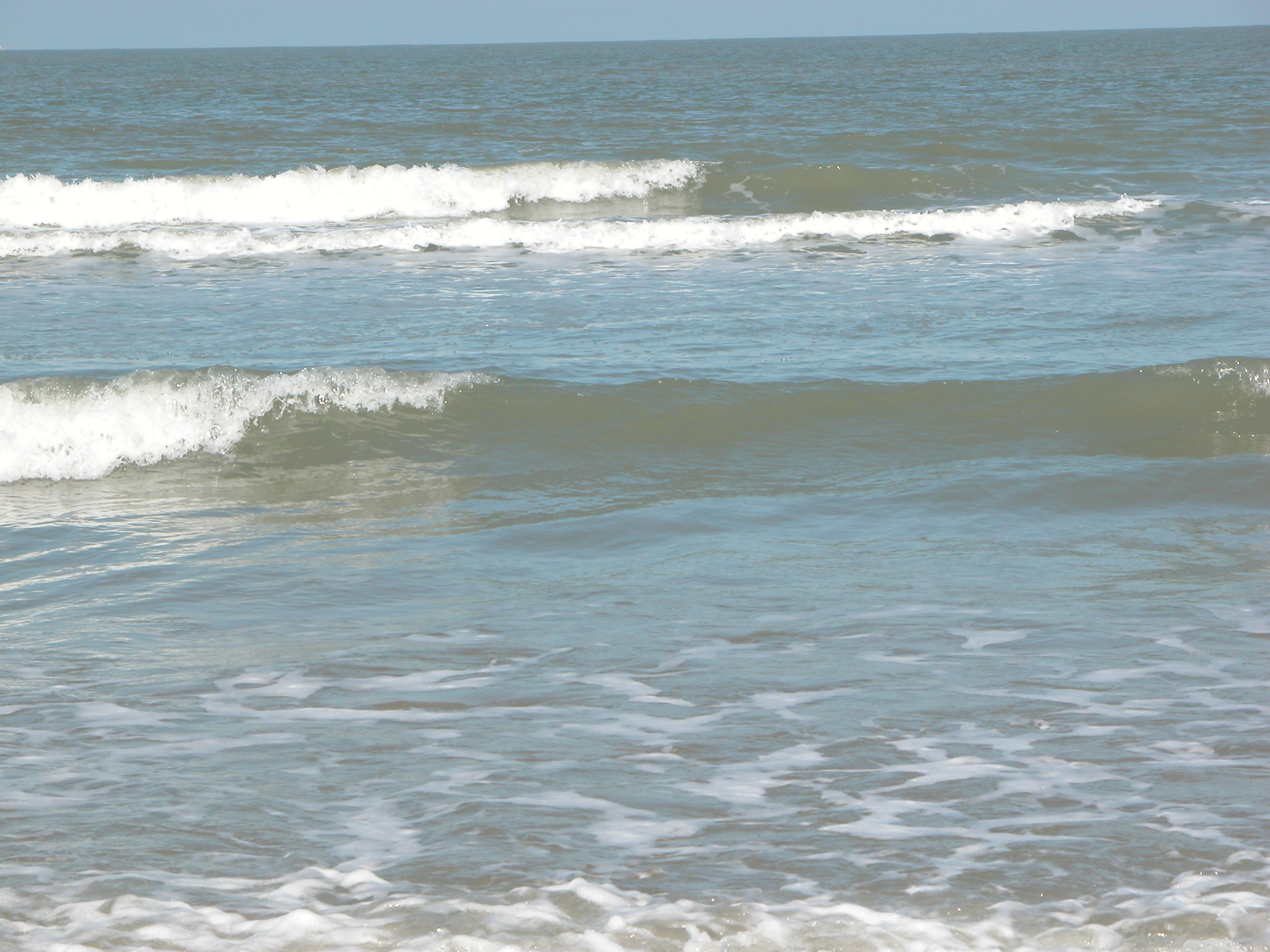
11
يوليوExploring Amanita Muscaria Fly Agaric History, Uses, and Myths
 Amanita Muscaria, commonly known as Fly Agaric, is one of the most recognizable mushrooms in the world. With its bright red cap adorned with white spots, it often appears in fairy tales and folklore. Beyond its enchanting appearance, this mushroom holds a deep history, varied uses, and a plethora of myths. This blog delves into the fascinating world of Amanita Muscaria Fly Agaric, shedding light on its historical significance, practical applications, and the myths surrounding it.
Amanita Muscaria, commonly known as Fly Agaric, is one of the most recognizable mushrooms in the world. With its bright red cap adorned with white spots, it often appears in fairy tales and folklore. Beyond its enchanting appearance, this mushroom holds a deep history, varied uses, and a plethora of myths. This blog delves into the fascinating world of Amanita Muscaria Fly Agaric, shedding light on its historical significance, practical applications, and the myths surrounding it.
Historical Significance
The history of Amanita Muscaria is rich and diverse, spanning across various cultures and continents. Indigenous Siberian tribes have used this mushroom for centuries in shamanic rituals, believing it to possess powerful spiritual properties. These tribes would consume the mushroom to induce altered states of consciousness, enabling shamans to communicate with the spirit world. In Europe, Amanita Muscaria was also recognized, often associated with Christmas traditions and the imagery of Santa Claus, whose red and white outfit resembles the mushroom's appearance.
Traditional Uses
Traditionally, Amanita Muscaria has been used for its psychoactive properties. The primary compounds responsible for these effects are muscimol and ibotenic acid. Indigenous peoples would sometimes use the mushroom in religious ceremonies to facilitate spiritual journeys and healing processes. The effects were believed to provide insights and visions, aiding in problem-solving and decision-making. Despite its psychoactive properties, the mushroom was also used in some traditional medicine systems, although its exact medicinal benefits remain a subject of debate.
Modern Uses
In contemporary times, Amanita Muscaria is gaining attention for its potential applications in wellness and alternative medicine. Some enthusiasts use the mushroom in microdosing regimens, where small, controlled doses are consumed to enhance mood, creativity, and focus without the intense psychoactive effects. Additionally, extracts and supplements derived from Amanita Muscaria are being marketed for their potential benefits in reducing anxiety and improving sleep quality. However, it is essential to approach these modern uses with caution and proper knowledge.
Myths and Legends
Amanita Muscaria is surrounded by numerous myths and legends. One of the most enduring myths is its connection to the Vikings, who supposedly consumed the mushroom to enter a berserk state before battle. While this makes for a captivating story, historical evidence supporting this claim is scarce. Another popular myth is the association of Amanita Muscaria with the origin of the Christmas tradition. Some theories suggest that the mushroom's red and white colors influenced the design of Santa Claus's outfit, and its use by shamans inspired the legend of flying reindeer.
Safety and Risks
Despite its fascinating history and uses, Amanita Muscaria poses significant risks if not handled correctly. The mushroom contains toxic compounds that can cause severe poisoning if consumed in large quantities. Symptoms of toxicity include nausea, vomiting, hallucinations, and, in extreme cases, convulsions. Therefore, proper identification, preparation, and dosing are crucial when using this mushroom. Those interested in exploring its effects should seek guidance from knowledgeable sources and exercise caution.
Cultural Impact
The cultural impact of Amanita Muscaria is profound, influencing art, literature, and even modern medicine. Its iconic appearance has made it a symbol in various forms of media, from children's books to video games. Additionally, its potential medicinal properties are being explored in scientific research, contributing to our understanding of psychoactive substances and their effects on the human brain. The mushroom's cultural significance underscores its enduring allure and the need for continued exploration and respect.
Conclusion
Amanita Muscaria Fly Agaric is more than just a strikingly beautiful mushroom; it is a window into the past, a tool for spiritual exploration, and a subject of ongoing scientific research. Its history, uses, and myths offer a glimpse into the diverse ways humans have interacted with this remarkable fungus. As our knowledge of Amanita Muscaria expands, so too does our appreciation for its complexities and potential. Whether viewed as a cultural icon, a medicinal resource, or a mystical substance, Amanita Muscaria continues to captivate and intrigue.
FAQs
1. What are the primary psychoactive compounds in Amanita Muscaria Caps Muscaria?
o The primary psychoactive compounds are muscimol and ibotenic acid, which are responsible for the mushroom's mind-altering effects.
2. Is Amanita Muscaria safe to consume?
o Amanita Muscaria can be toxic if not properly prepared and dosed. It is essential to follow expert guidelines and exercise caution when using this mushroom.
3. What are some traditional uses of Amanita Muscaria?
o Traditionally, Amanita Muscaria has been used in shamanic rituals for its psychoactive properties, believed to facilitate spiritual journeys and healing.
4. Are there any modern wellness uses for Amanita Muscaria?
o Yes, some people use Amanita Muscaria in microdosing regimens or as supplements to enhance mood, creativity, and focus, although these uses require careful handling.
5. What are some common myths about Amanita Muscaria?
o Common myths include its use by Vikings to enter a berserk state and its influence on the Christmas tradition, particularly the imagery of Santa Claus and flying reindeer.



